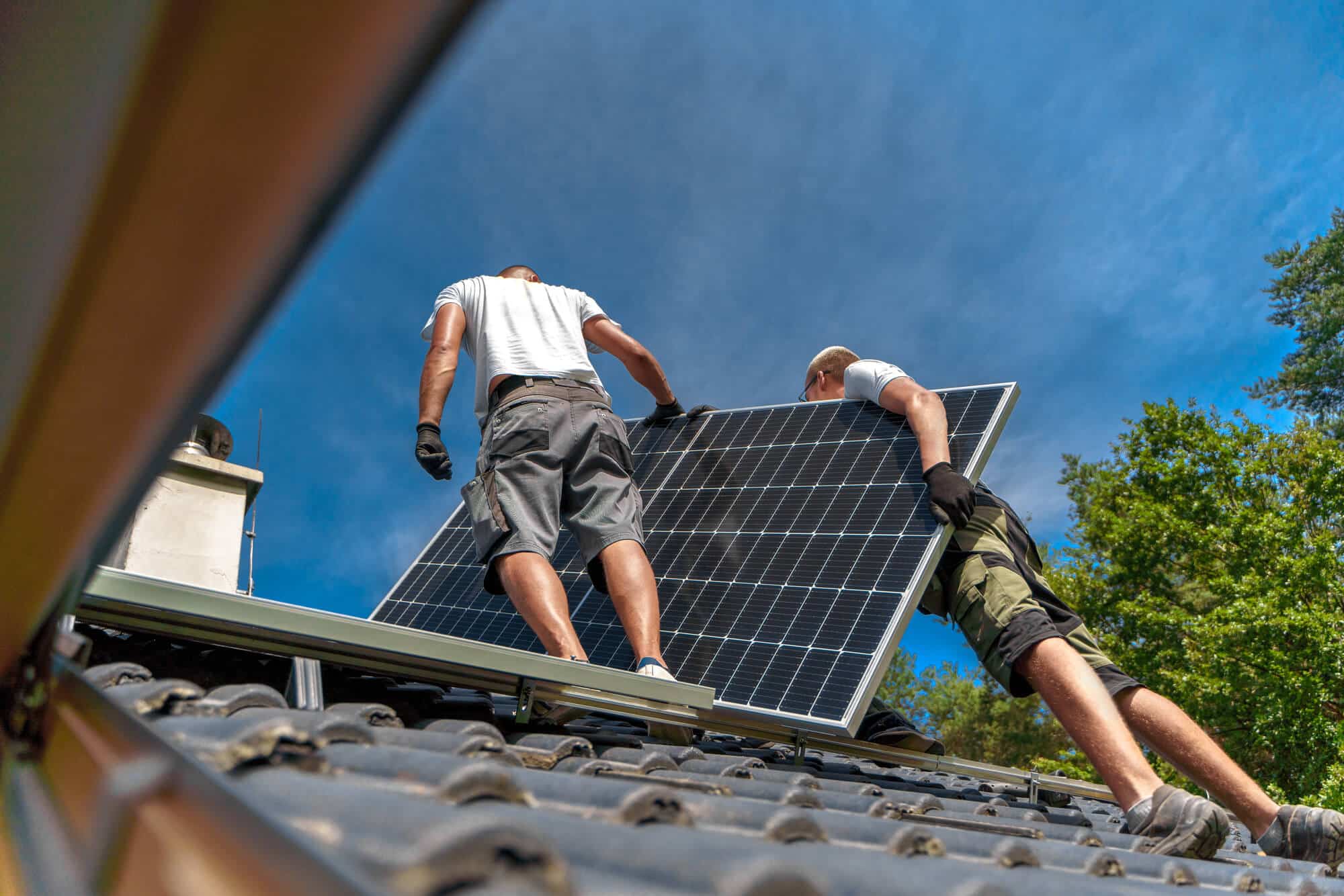Why LOPO Terracotta Cladding is the Ideal Choice for Modern Energy-Efficient Buildings
LOPO Terracotta Cladding is revolutionizing the architectural landscape with its perfect blend of sustainability, aesthetics, and thermal performance. LOPO Terracotta Cladding offers more than just visual appeal; LOPO Terracotta Cladding is engineered to meet the demands of energy-efficient construction. Architects and builders now prioritize LOPO Terracotta Cladding due to its capacity to significantly reduce energy consumption. By choosing LOPO Terracotta Cladding, building exteriors can achieve better insulation and temperature regulation. LOPO Terracotta Cladding performs exceptionally in both cold and hot climates, minimizing reliance on HVAC systems. Furthermore, LOPO Terracotta Cladding provides superior durability, weather resistance, and low maintenance, making it a long-term investment. When applied correctly, LOPO Terracotta Cladding acts as a thermal buffer, keeping indoor environments cooler in summer and warmer in winter. The porous structure of LOPO Terracotta Cladding allows breathability while maintaining moisture resistance. In addition, LOPO Terracotta Cladding contributes to achieving green certifications such as LEED and BREEAM. Developers across the globe now prefer LOPO Terracotta Cladding for its unmatched energy performance and architectural versatility. Whether you’re constructing a residential unit, commercial tower, or educational facility, LOPO Terracotta Cladding proves to be the sustainable solution for future-ready buildings.
How LOPO Terracotta Cladding Enhances Energy Efficiency
LOPO Terracotta Cladding plays a pivotal role in enhancing energy performance through natural insulation properties and intelligent design adaptability. One of the most significant ways LOPO Terracotta Cladding contributes to energy efficiency is through ventilated façade systems. These systems create a buffer zone between the cladding and the building wall, allowing air circulation that reduces heat transfer. LOPO Terracotta Cladding prevents overheating in summer by reflecting solar radiation, while in winter, it provides a thermal envelope that conserves interior warmth. This dual capability helps cut down energy usage for heating and cooling by up to 30%. LOPO Terracotta Cladding also reduces urban heat island effects, promoting cooler surroundings in densely built areas. The natural clay material in LOPO Terracotta Cladding ensures low thermal conductivity and exceptional insulation, eliminating the need for synthetic insulating layers. Furthermore, LOPO Terracotta Cladding can be combined with other insulation materials without compromising performance. The lightweight design of LOPO Terracotta Cladding reduces the load on structures, allowing for more energy-efficient design flexibility. Additionally, LOPO Terracotta Cladding maintains its energy-saving benefits over decades without degradation, which is critical for long-term sustainable planning.
Durability and Environmental Performance of LOPO Terracotta Cladding
One of the many reasons LOPO Terracotta Cladding stands out is its ability to perform reliably under extreme environmental conditions while maintaining its eco-friendly properties. Made from 100% natural clay and fired at high temperatures, LOPO Terracotta Cladding is resistant to UV rays, moisture, freeze-thaw cycles, and pollutants. This means that LOPO Terracotta Cladding does not warp, discolor, or degrade, ensuring energy efficiency and aesthetic appeal for decades. LOPO Terracotta Cladding is non-toxic and recyclable, making it a truly sustainable material from production to disposal. In green building projects, LOPO Terracotta Cladding supports sustainable procurement strategies and lifecycle assessment goals. Because LOPO Terracotta Cladding resists water penetration and mold formation, it contributes to healthier indoor environments and better air quality. Furthermore, LOPO Terracotta Cladding’s low maintenance requirements reduce the need for chemical cleaning agents or frequent refurbishments, minimizing the carbon footprint over time. Whether in coastal, urban, or alpine climates, LOPO Terracotta Cladding retains structural integrity and energy-saving functionality, offering architects and engineers a high-performance, low-impact solution.
Design Flexibility with LOPO Terracotta Cladding
LOPO Terracotta Cladding isn’t just about energy performance—it also offers immense design flexibility that meets contemporary and traditional architectural visions. Available in various profiles, colors, finishes, and dimensions, LOPO Terracotta Cladding can be customized to suit any building’s aesthetic and performance needs. This versatility allows architects to create visually striking façades while maintaining the building’s energy efficiency. LOPO Terracotta Cladding supports both horizontal and vertical installation, and its modularity simplifies integration into complex architectural forms. Its compatibility with digital design tools enables precise planning and efficient execution. LOPO Terracotta Cladding also permits creative surface treatments, such as grooving, carving, glazing, and engraving, without affecting thermal behavior. The wide palette of natural earthy tones ensures that LOPO Terracotta Cladding complements the surrounding environment, enhancing both cultural relevance and sustainability. Whether it’s for a minimalist high-rise or a heritage-inspired civic building, LOPO Terracotta Cladding provides the design freedom needed to meet the functional and environmental goals of the 21st century.
LOPO Terracotta Cladding: A Smart Investment for the Future
Investing in LOPO Terracotta Cladding means making a smart choice for energy savings, long-term performance, and sustainability. As the construction industry shifts toward low-carbon and energy-resilient solutions, LOPO Terracotta Cladding is positioned at the forefront of this transformation. Developers and stakeholders are increasingly drawn to the return on investment that LOPO Terracotta Cladding provides through operational savings, enhanced asset value, and regulatory compliance. Governments and green building councils worldwide now recognize the role of LOPO Terracotta Cladding in meeting environmental mandates and energy codes. Its contribution to passive design strategies and reduced reliance on mechanical systems makes it a critical component of net-zero buildings. Moreover, LOPO Terracotta Cladding demonstrates excellent compatibility with renewable energy systems, such as solar shading and green roofs, further expanding its role in sustainable architecture. The growing demand for environmentally responsible construction practices continues to drive innovation in LOPO Terracotta Cladding, ensuring that it remains a top-tier solution in global markets. With LOPO Terracotta Cladding, building exteriors are not only beautiful and durable—they’re intelligently optimized for a cleaner, greener future.
Conclusion
LOPO Terracotta Cladding has become synonymous with excellence in energy-efficient exterior design. From its exceptional insulation and natural ventilation capabilities to its unmatched durability and design adaptability, LOPO Terracotta Cladding offers a comprehensive solution for sustainable building. In an era defined by climate change and rising energy costs, LOPO Terracotta Cladding empowers architects and developers to build smarter, greener, and more beautiful structures. The future of responsible architecture lies in materials that serve both the environment and the people who inhabit these buildings—and LOPO Terracotta Cladding is leading the way.



